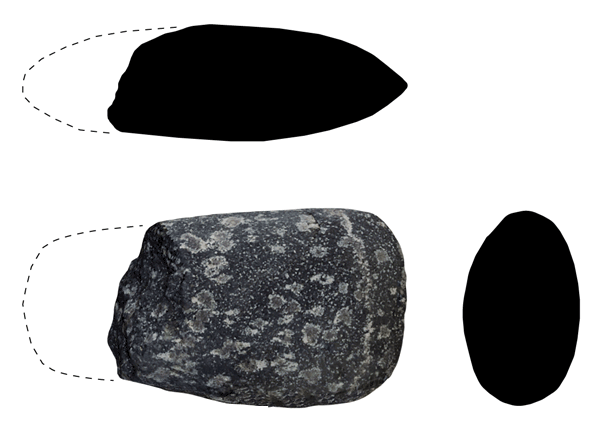Vol. 100 (2022): The excavation of a prehistoric settlement at Lower Slackbuie, Inverness

Authors: Claire Christie and Magnar Dalland
Contributors: Laura Bailey, Owain Scholma-Mason and Hugo Anderson-Whymark
Summary: The expansion of Inverness southwards has led to the uncovering of a landscape rich in archaeological activity, dating from the Neolithic period onwards. The abundance of archaeological evidence as been interpreted as indicating that the area was a hub for prehistoric activity (Hatherley & Murray 2021). The excavation of an area at Lower Slackbuie by Headland Archaeology in 2019 revealed evidence for Neolithic activity overlain by a series of seven roundhouses and a palisade enclosure. The later prehistoric activity likely occurred from the middle-late Bronze Age through to the Iron Age. The site at Lower Slackbuie can be linked to neighbouring sites, adding to an increasingly vibrant picture of prehistoric activity that took place south of Inverness.
Keywords: Grooved Ware, axe, roundhouse, palisade, Carinated Bowl, bangle, scraper, flax, linseed
Location: Highland, Scotland, UK
Periods: Neolithic, Bronze Age and Iron Age
Canmore ID: 364065

This work is licensed under a Creative Commons Attribution-NonCommercial 4.0 International Licence.




